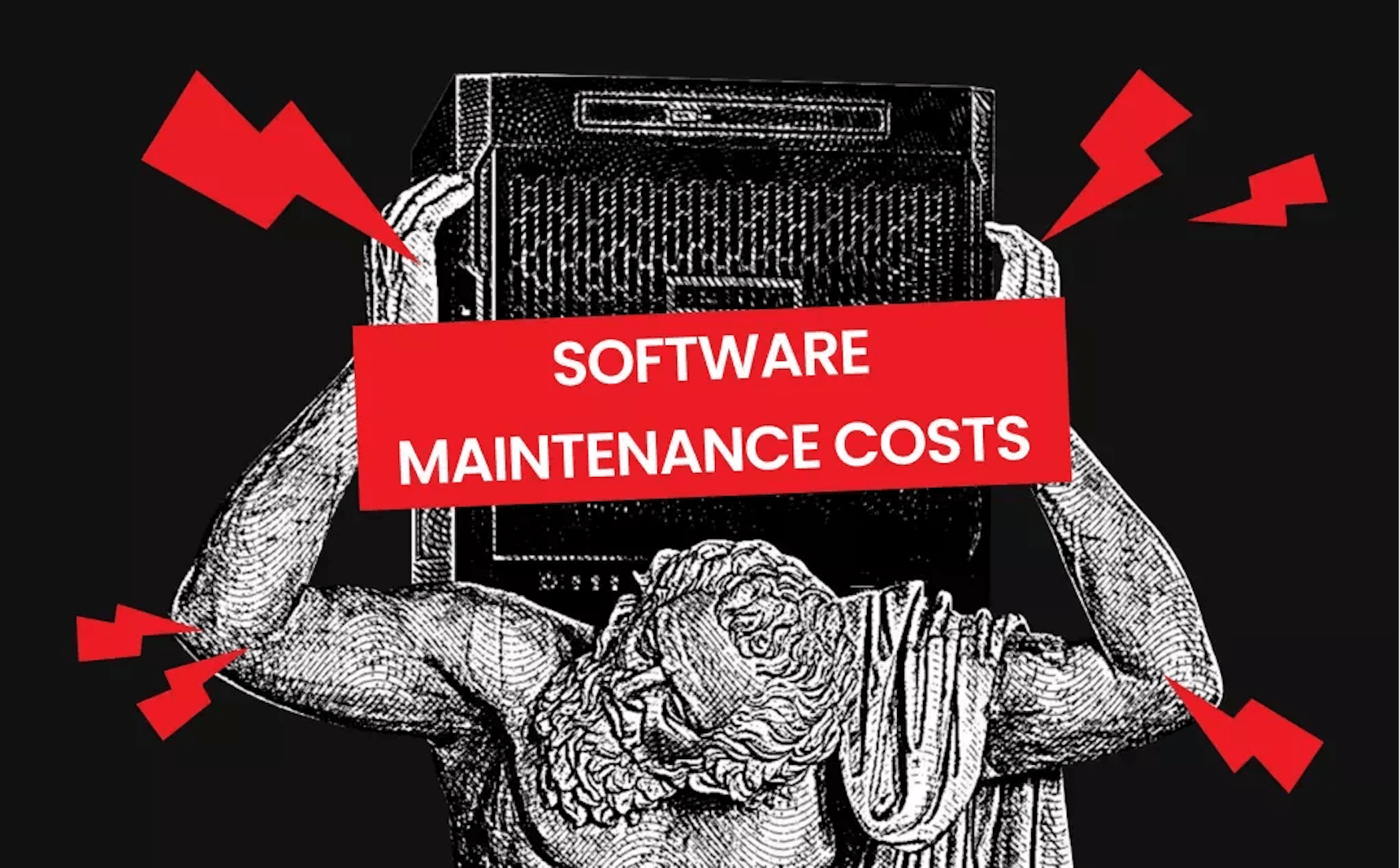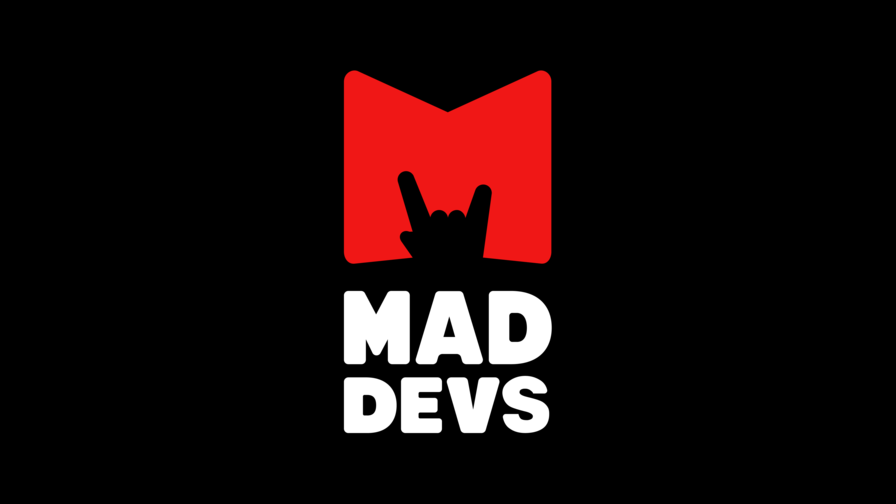Having a brilliant idea for a product is only half the battle; software development is similar. When a product is technically completed, it doesn't mean it will work as it was supposed to or meet customers' needs. There is always the need to improve, re-design, or keep it up-to-date. For this reason, software maintenance is of the utmost importance.
But very often, technical founders and engineering managers face the high costs of maintaining a product. How to not overpay for maintenance and support IT solutions at the right price? Today, Mad Devs Customer University turns to the best practices in the industry to answer this question.
What is software maintenance?
Software maintenance is the process of updating and improving software after its initial release to the public. It occurs after completing tasks related to engineering, architecture, design, implementation, testing, and software deployment.
Product maintenance is not just bug fixing or adding more lines of code. It is a comprehensive set of activities in adjusting and modifying the software. It can take up to 2 years to build a software system, while its maintenance can last for 15 to 20 years.
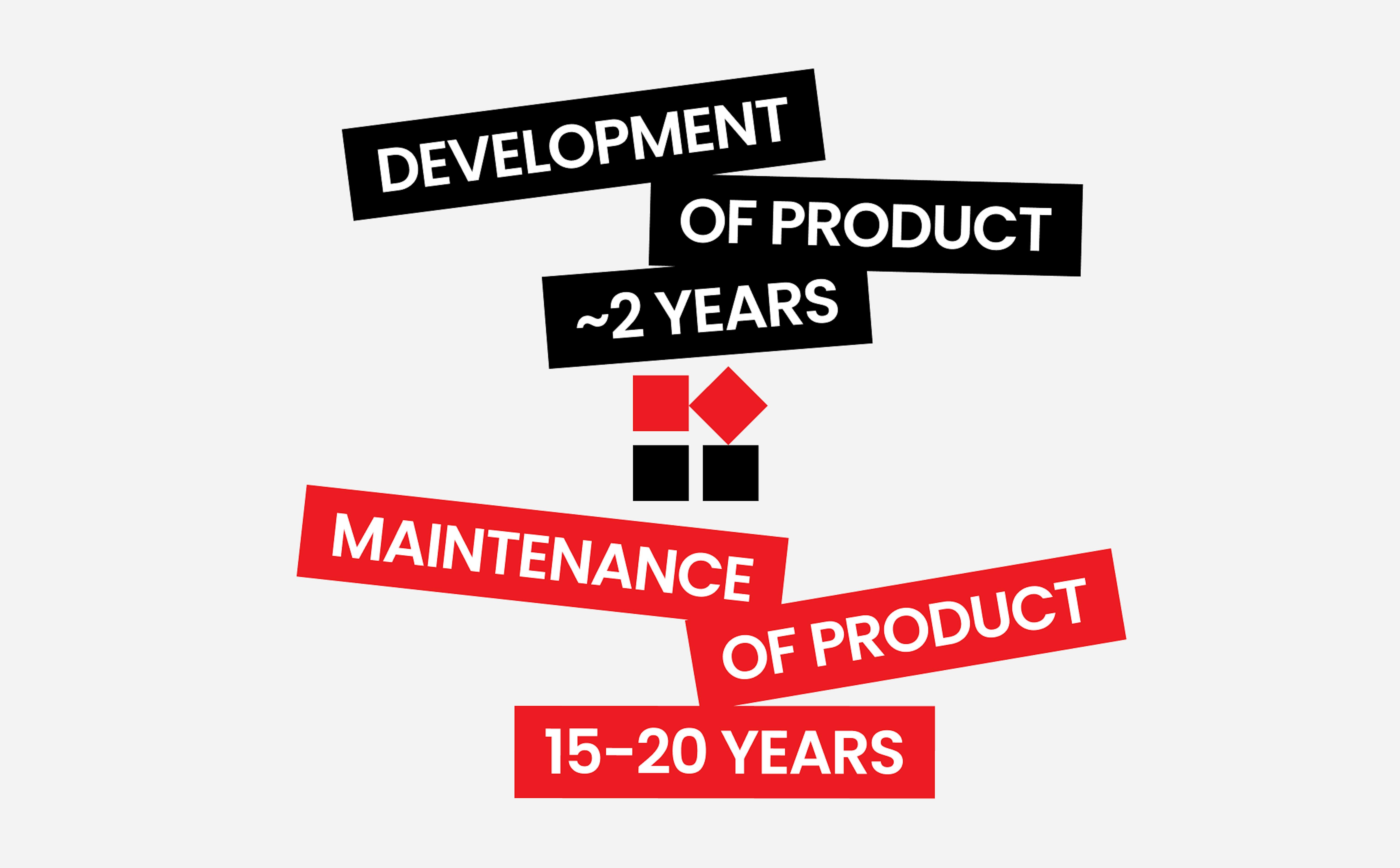
Why do you need software maintenance?
There are several reasons why your software needs to be maintained, including:
- Correcting bugs and faults
- Adapting the software to certain challenges and environments
- Changing the design
- Integrating with other systems
- Preventing technical difficulties in advance
- Retiring software
You can tell us about your project during a free consultation if you are trying to figure out how to maintain and transform your app. Our Delivery Managers will carefully consider your case and offer your business the most suitable and profitable solution.
Let’s discuss it further and focus on the types of software maintenance.
Types of software maintenance
According to Herb Krasner, software maintenance can be categorized into four types: corrective maintenance, adaptive maintenance, preventive maintenance, and perfective maintenance. All of them are crucial for overall maintenance, and you can't ignore either of them.

What is corrective maintenance in software development?
Corrective maintenance in software engineering is the most apparent type of maintenance and the first thing that comes to mind when someone finds out about the process. Corrective maintenance deals with fixing bugs in the existing code.
For example, let's say an app or a website allows people to authorize via their social media accounts. After you deployed it, your end-users started to notify you that they couldn't log in. There is a possibility that it’s a bug in the code that messes with the authentication process. Fixing this bug that already existed when the software was released is called corrective maintenance.
What is adaptive maintenance in software development?
Adaptive maintenance deals with adapting the software to new environments. For instance, you've released a native app for Android but then decided to add an app for iOS. Or there is a change in third-party API that stops users from authorizing properly. You don't have a bug in the existing code but need to adapt the software to the environment so that it functions properly.
What is perfective maintenance in software development?
Perfective maintenance involves changing the existing product functionality by refining, deleting, or adding features. Imagine that after the initial release, you ask for user feedback. It turns out users crave the dark mode of your website or app, and you decide to add the feature. You improve decently working software based on user experience and feedback, which is perfective maintenance.
What is preventive maintenance in software development?
Preventive maintenance deals with updating the documentation, making the software more maintainable, and foreseeing the situations when problems with software might occur. For example, if you expect a higher interest in your software product due to the changes you've made, you also understand that the servers might crash. So before they do, you check out your servers and make sure they can withstand the increased flow of visitors, and that's preventive maintenance.
Software maintenance vs. development cost
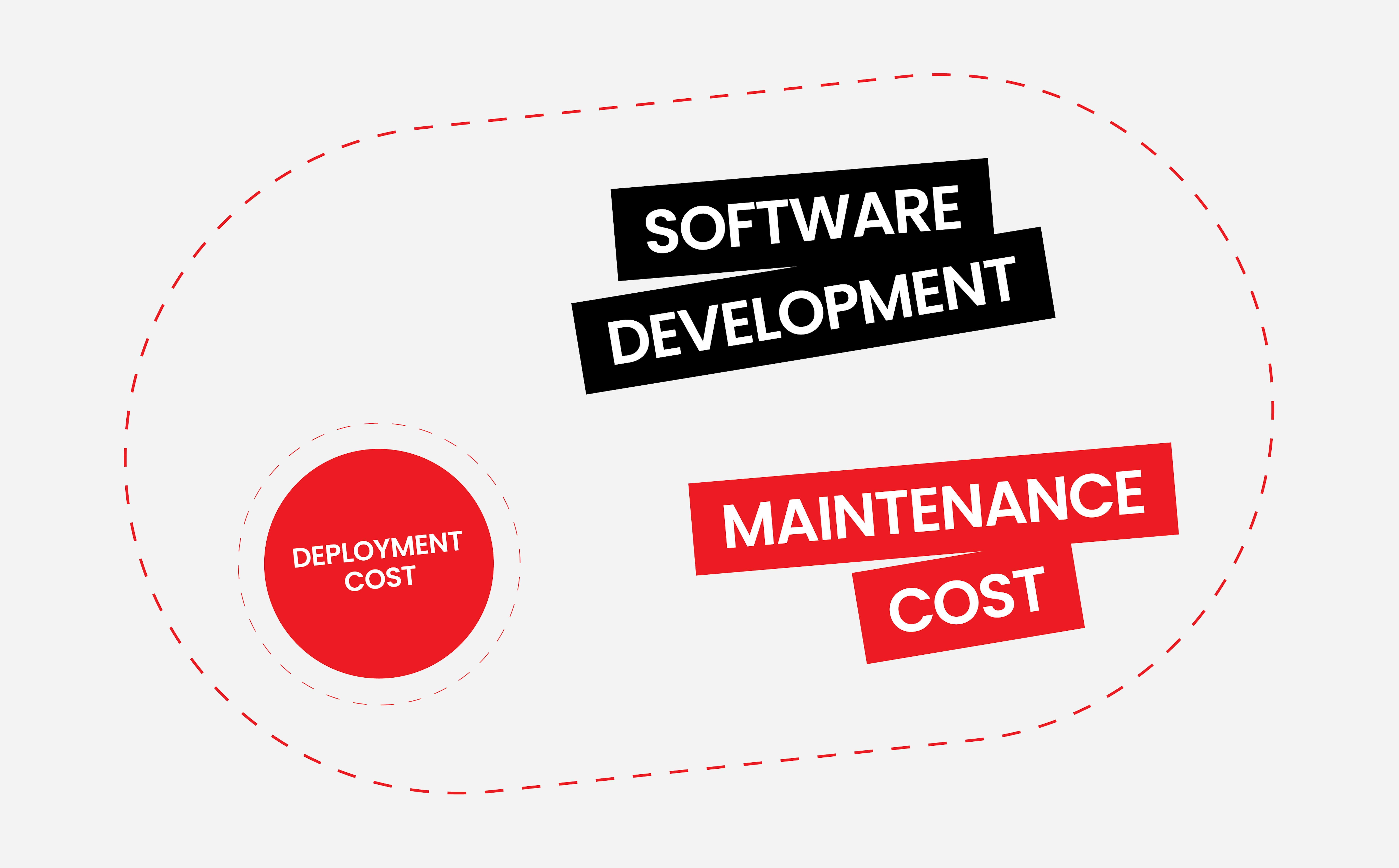
There is the term 'total cost of ownership' when it comes to software development. It includes development, deployment, managing, and maintenance costs. What's more, it contains indirect spending such as employee training on using the software and client onboarding.
Deployment cost means the cost of software as soon as it's released to end-users or customers. It's the price you pay for the development itself: engineering, architecture, design, implementation, testing. In other words, it's the initial build cost and only a part of the total cost of ownership.
Maintenance cost is what comes after the deployment cost. And since maintenance is up to (or even above) 90% of the total cost of ownership, this simply means that developing a software product is just a tiny fraction of the expenses one might face when maintaining the software.
How much does software maintenance cost?
Although maintenance is the last step in the software development lifecycle (SDLC), it can take up most of the time and money. The problem is that maintenance can require going back to any of the stages in the development process to improve the product.
When it comes to the costs of maintaining a product, some estimates state that their share is more than 90% of the software’s total cost. Just a couple of decades ago, this number stood at 50%. Such a sharp jump can be explained by the fact that the market is constantly evolving and requires continuous changes in products.
Example 1:
Let's say your developer's hourly rate is $50. They find a bug in your code and estimate it will take them 2 hours to fix it. If there are ten bugs per month, this means fixing the bugs will cost around $1000 monthly. And that's only corrective maintenance!
Example 2:
Let's say you decide to have some changes in the user interface after the initial release. Your UI/UX designer's hourly rate is $30, and it will take around a week to create the new design. 8 hours per day X $30 X 7 days = $1680. And that's only the design, but you also need people to develop the changes and upgrade the app. That's the cost of one-time perfective maintenance.
Example 3:
Preventive maintenance can also be estimated – at least partially. If your project manager's hourly rate is $60, and it will take them 5 hours to update the documentation, you'll pay $300 for just this action. Then you estimate the needed updates to the software based on developers' hourly rates.
And if your software is a mobile app, add the hosting fees to the maintenance costs as both Google Play Market and App Store take payments for having your app available for download. Be ready to pay from $70 to $320 per month.
Generally, software maintenance costs around $5000 per month or $60000 per year. Still, it can be less or more depending on the development team you're working with and other factors we'll be reviewing later in the article.
Are you tired of the slow and hard-to-maintain technology that your previous team used? Contact us, and we will help you resolve this using proper optimization, updates, and code refactoring.
Factors that shape software maintenance costs
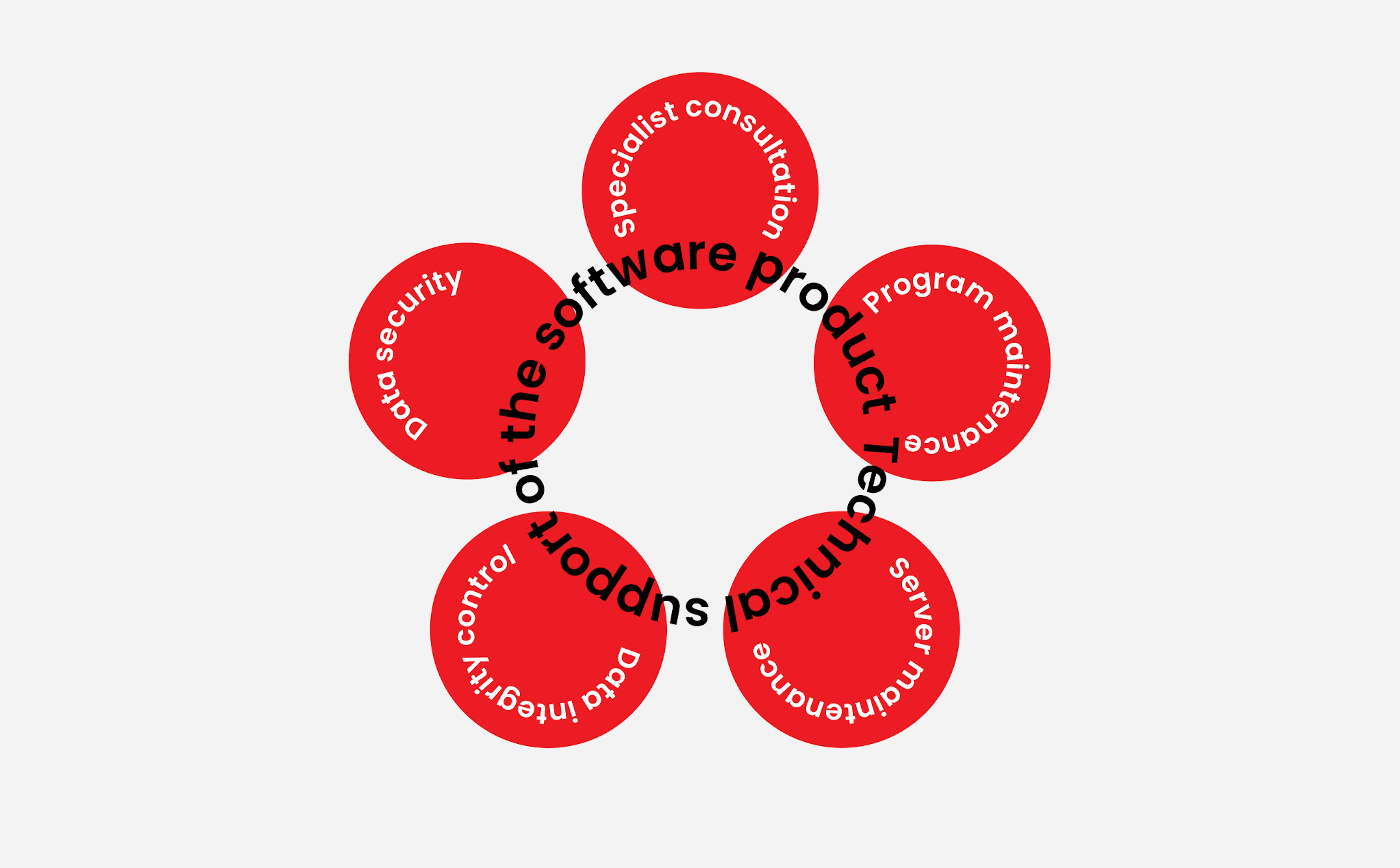
The number of software products is increasing every day. So, it becomes increasingly difficult to promote a product on the market and, above all, to maintain it without exceeding the planned budget. When it is impossible to predict the exact amount of software maintenance costs in software ebgineering, you can consider the following factors that affect them.
Technical requirements: The first thing that impacts calculating the cost of maintenance is how you want to see the product. It is the starting point that forms the further path, so choose the right direction right from the start. Even minor details determine how much time you need to spend on implementation and how many specialists you need to involve.
Team composition and required seniority level: When you look at most IT budgets, IT teams' rate costs are often the predominant expense. Some projects require a few testers and developers. Some projects need a big team featuring a project manager, developers, UI/UX designers, and other specialists. All of this will significantly affect the final software development cost.
Time: Once the requirements are set, and you have found the right people to perform tasks, the next important link in the equation is time. When planning the development timeline, you should realize that initially set deadlines may not be met due to unpredictable complications. The risk of delays can't be ignored, and you should be prepared for them.
Possible risks & improvement: This is probably the most critical factor in software maintenance. Don't think that once you create a program, you don't have to worry about it. It is necessary to evaluate the competitiveness of your application. If there are many analogs, it might be helpful to rethink the strategy and decide whether to translate your idea into practice or not.
The most common cases when software needs improvement:
- Defect resolution
- Perfective UI/UX updates
- 3rd party dependency adaptive support
- Preventative maintenance (periodic updates to plugins, security patches, etc.)
- Code refactoring (to improve maintainability)
Taxes and fees. The following costs can be connected to taxes:
- Hosting fees (infrastructure, storage, bandwidth, SSL, and domain renewals)
- Perpetual software licenses
- SaaS account fees
- Developer account fees (iOS/Android)
- Anticipated changes in the business logic or rules (perhaps mandated by law)
Technical vs. non-technical factors that influence the maintenance costs
There are both technical and non-technical factors in place that influence the costs of software maintenance.
Technical factors include:
- Programming language
- Programming style
- Module independence
- Software testing
- Documentation
- Hardware stability
Non-technical factors include:
- Team
- Software lifecycle
- The external environment
Advantages of quality software maintenance
Maintaining your software is not only a boring necessity but also a way to improve it and establish better relationships with end-users. Here we break down the benefits of software maintenance.
Reduce decrease of customers
Poor maintenance leads to bugs and glitches. No user likes them; what's more, customers will likely abandon your software if there are constant bugs. Additionally, you need to constantly add new features to your software to cater to users' tastes and preferences, or there's a chance they will drop using your software.
Provide better user experience
UX design is crucial for the sustainable flow of users. Good UX design is a path for your growth. If you want to receive better feedback from your customers and users, improve their loyalty and retention, invest in regular interface updates.
Avoid revenue losses
Imagine that there has been an unfixed bug for quite some time in the software you personally use. What would you do client-wise? Any user will drop using software if it's poorly maintained. Your paid customers are no exception. If they paid once, it doesn't mean a bug that takes too long to fix won't repel them.
Make sure your software is secured from cyber threats
Proper maintenance lets you secure your website and apps from cyber attacks. If your software isn't safe enough, hackers might find weaknesses in your system. Maintenance allows you to have the latest security protocols and ensure your data is safe.
Challenges in software maintenance
Although maintenance is a crucial part of the development process, there are challenges one might face when trying to maintain the product. Let's take a look at some of them:
- Aging of software: The age of a software program is 10-15 years, and maintaining the software for longer is really expensive.
- Changes in hardware: Older software programs are developed in connection with a certain hardware, and when new software is released, it uses contemporary hardware which gives it an opportunity.
- High price: As new software and hardware is released, it gets more and more expensive every year to maintain vintage software.
- Problems with documentation: If the process of documentation isn't well-established, there's a chance that some changes might be left undocumented, which can cause a mess in the future.
- Problems with future changes: Sometimes, some adjustments might stop future adjustments to be made or cause some problems.
Top strategies to reduce software maintenance costs

Sure, every software owner wants to decrease spending on maintenance, and software maintenance does not have to be too expensive. Here are some tips to avoid unnecessary steps and therefore optimize your spending.
1. Start with a transparent development process
Focus on quality right from the start. Set the right development processes. Involve all company levels in the process and ensure that everyone is moving in one direction. When you do not have a precise plan for the end product, you may end up with a mess that will require high maintenance costs.
Transparent processes mean that you can easily manage, control, estimate, and analyze the working processes to make the project more efficient, scalable, and successful. You can work with different apps and programs that let you make the processes more transparent, such as Jira. What's more, use story mapping, standups, deploys, retrospectives, demos, and other practices for more transparent processes. Read our article on how to measure the success of your processes with the right KPIs.
2. Hire capable specialists
You can choose among many models: in-house, offshoring, or outsourcing. Here, it is essential to consider the individual characteristics of your product. Cost-wise, outsourcing the development of your product is the best solution as it's way cheaper than hiring in-house specialists.
In the US, it takes around 40 days to hire a new team member compared to 1-4 weeks for finding the right outsourcing team. Additionally, the recruitment process costs around $4000. Another argument for outsourcing is that it is way faster than hiring in-house developers. Creating your own team is time-consuming and exhausting while outsourcing teams are already working well together. So it's a good idea to discover outsourcing companies.
3. Don't forget about (Re)documentation
Even investing money in great specialists can't solve the problem of inadequate documentation. New specialists' understanding of a product may take around 50% of software maintenance costs. Developers with no documentation spend 21.5% longer understanding the code. Consequently, we could save 12% of the total maintenance cost if we had documentation in place. To learn more on the topic, read our article on the importance of documentation in software development.
4. Don't overdo it by adding improvements
Today, we have a whole slew of cutting-edge technologies like Artificial Intelligence, machine learning, or data science. Not to mention the large number of narrow technologies that you can use to expand your product. But don't rush into the trap of the "more technologies are better" strategy. There's beauty in simplicity, and sometimes less is actually more.
5. Collaborate with other teams
No matter how potent your team is, there will still be gaps. Through the participation of external specialists, you can accelerate your project until it is completed. Adding new team members is always a source of new ideas and a chance to cover all the gaps within the internal team. As a bonus, you'll have more time to focus on solving priority problems.
6. Do not accumulate technical debt
Technical debt is what will need to be fixed once the product is released. The problem is that technical debt can pile up, thus increasing risks. You can't avoid technical debt entirely, but you must repay it — by going back and addressing the tradeoffs you made to achieve a particular goal.
Still confused? We've collected the most popular questions on the cost of maintenance in software engineering, and here are our answers.
To sum it up
It is impossible to predict the costs of software maintenance reliably. But it's possible to stick to a few rules that will help to reduce these costs:
- Find a balance between investment in new functions and unexpected maintenance.
- Always be aware of the volatility of your product and consider its goals when planning your maintenance budget.
- Work with your partner/software team to create a maintenance budget tailored to your product.
Adhering to these strategies can make it easier and safer for you to plan maintenance for your software products.
Still, got questions on software maintenance costs or want to discuss your project idea with us? Don't hesitate to contact us!
FAQ
Is maintenance of software expensive?
Yes, software maintenance might be expensive. Depending on your product, it can cost up to several times your development or deployment costs. As mentioned in the previous section, there are ways to reduce software maintenance costs, but you need to be prepared and understand that developing software is the very first step. There is no shortcut to maintain your software, or you'll eventually see zero users.
How do you estimate the maintenance of the software?
You need to consider several things trying to figure out the maintenance costs. These things are often the hourly rates of the developers you're working with, team composition, technical requirements, overall improvements, taxes, and fees. Maintaining your software might cost around $60000 per year.
What percentage of software development is maintenance?
Software maintenance might cost several times as much as software deployment. As estimated, 90% of the total cost of ownership is software maintenance cost.

